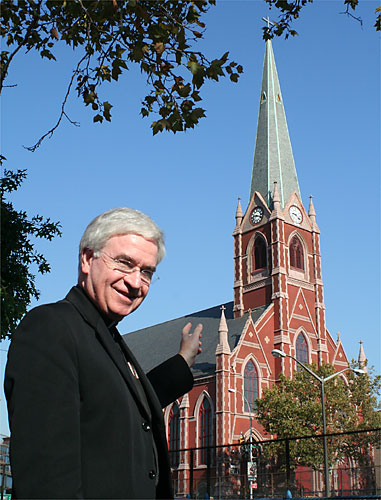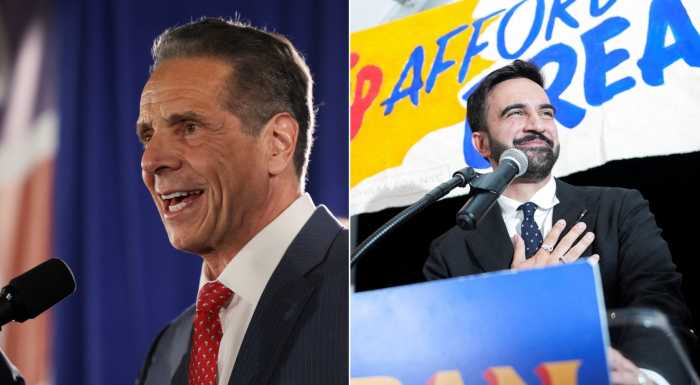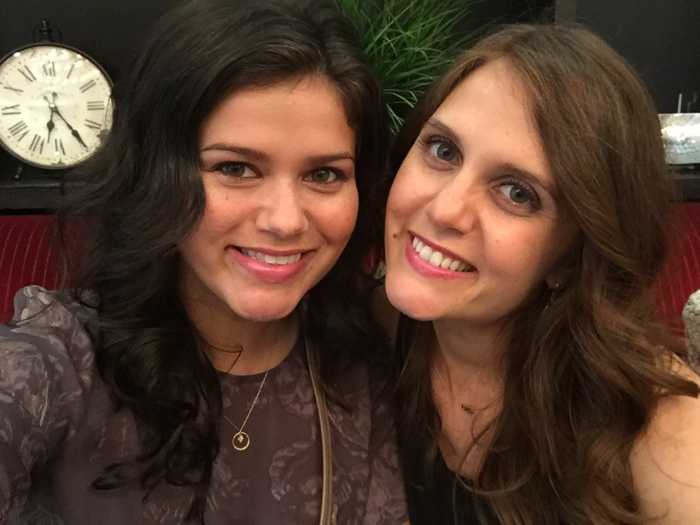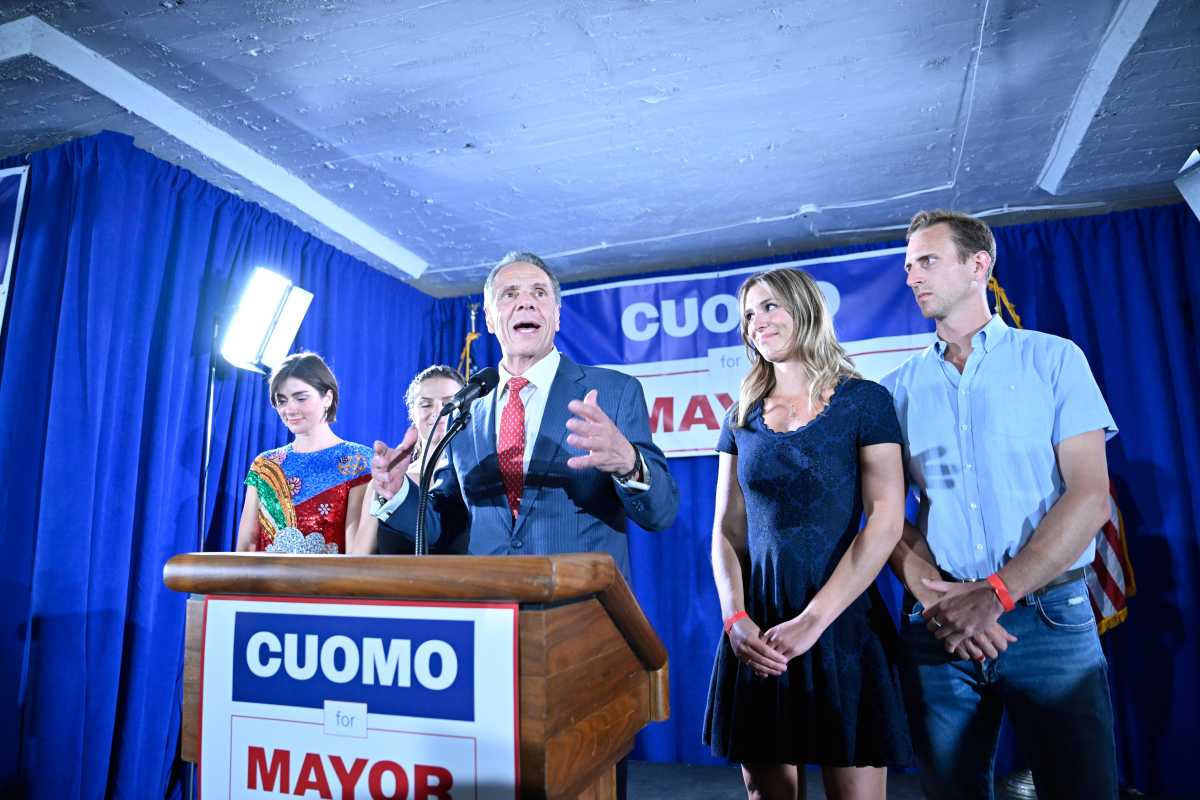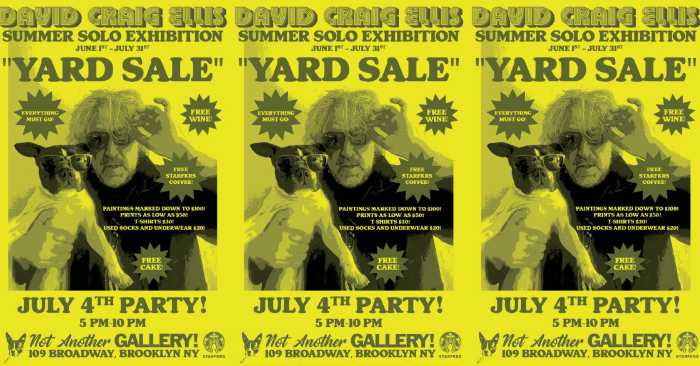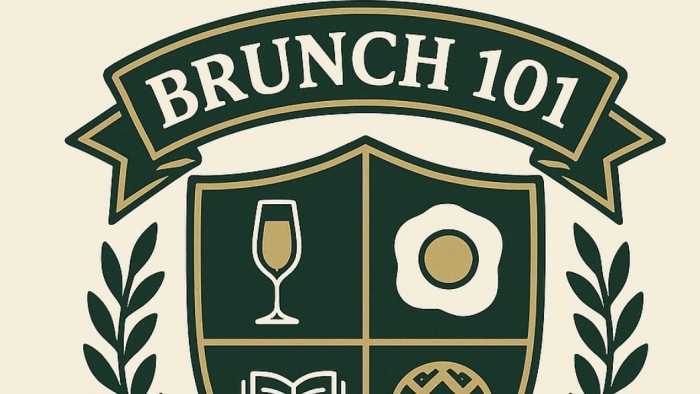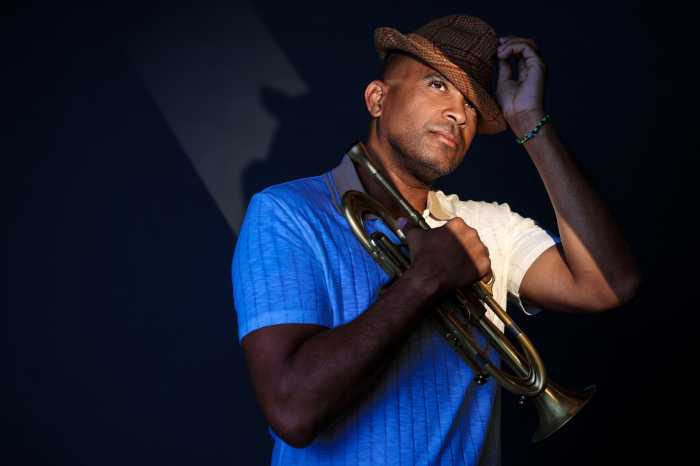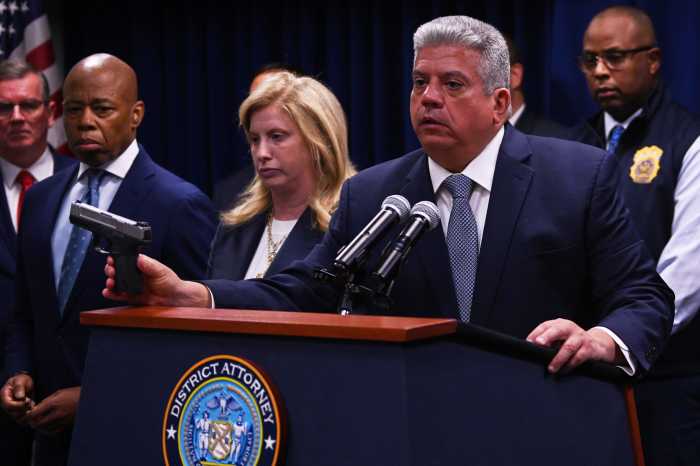The oldest Italian parish in Brooklyn has kicked off its 125th birthday celebration — but this wasn’t a party. It was a vigil.
Like many other remnants of Italian Carroll Gardens, the anniversary of Sacred Heart-St. Stephen’s Church is more a tribute to a historic past than a beacon to a burgeoning future.
“[In the 1940s], the church had a few thousand communicants every Sunday,” said parish historian John Heyer II. “We had about 500 people at the anniversary event.
“There’s been a decline of the old Italian strongholds,” Heyer added. “But we haven’t lost them all yet.”
But the trend is definitely downward —Â and it has been ever since Robert Moses smashed through the old Sacred Heart cathedral to build the Brooklyn–Queens Expressway in 1941.
Symbolically (and not just symbolically), the new highway ushered in three more decades of suburban flight, taking away the neighborhood’s blue-collar Italian core.
The number of worshippers has steadily dropped and, last year, the church even had to close its school — the last Catholic school in all of what the old-timers call “South Brooklyn.”
“There are not as many children in the neighborhood as there were once,” said Monsignor Kevin Noone, who oversees the Carroll Gardens parish for the Diocese.
“People aren’t having large families like they used to.”
It may be hard to imagine a Carroll Gardens without the Italian community at Sacred Heart — but at one time, it was impossible to imagine Italians in Carroll Gardens at all.
Indeed, the church was founded in 1882 — when Carroll Gardens was mostly Irish — because the Irish church, St. Stephens, at Summit and Hicks streets, barred the gates to the newcomers, according to Heyer.
The Italians built their house of worship on Union Street — and there it stood until Moses parted the neighborhood for his highway.
This time, the weakened Irish congregation took in the now-entrenched Italian community — merging the two churches into one.
By 1981, it was clear who was running the neighborhood: in that year, the Carroll Street Bridge was painted red, white, and green — an homage to the Italian flag.
The pride persists, but there are fewer and fewer flag-wavers.
“[The neighborhood] is still predominantly Italian-American, but there is an increasing number of non-Italians moving in — mostly yuppies,” said Noone.
And even though the last few decades have been difficult, Sacred Heart-St. Stephen’s is still the “one central place” for the post-War Italian diaspora out of South Brooklyn, said Heyer.
“The number of funerals here is unbelievable — [people] have the wish to come back to the church when they die,” he said.


